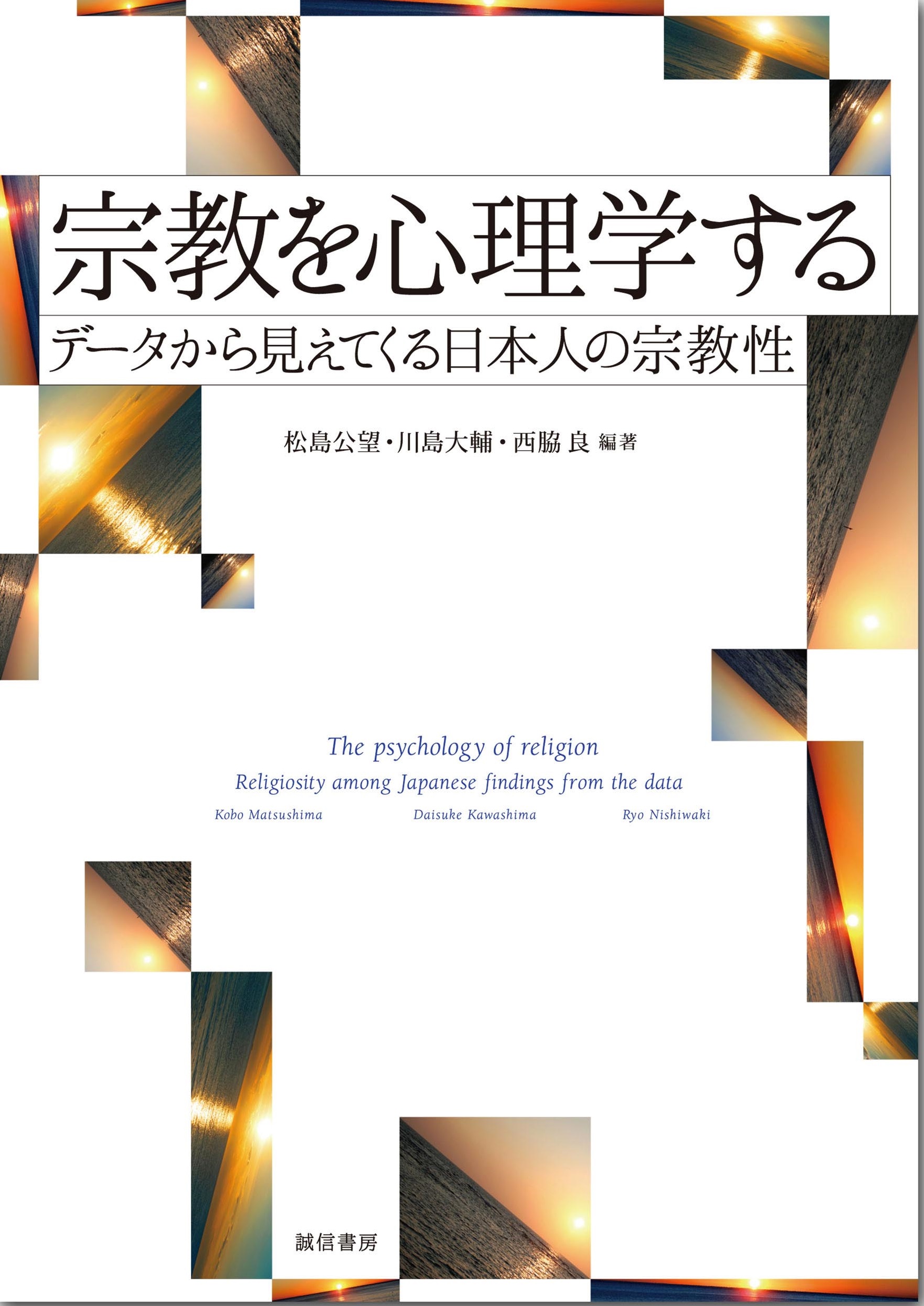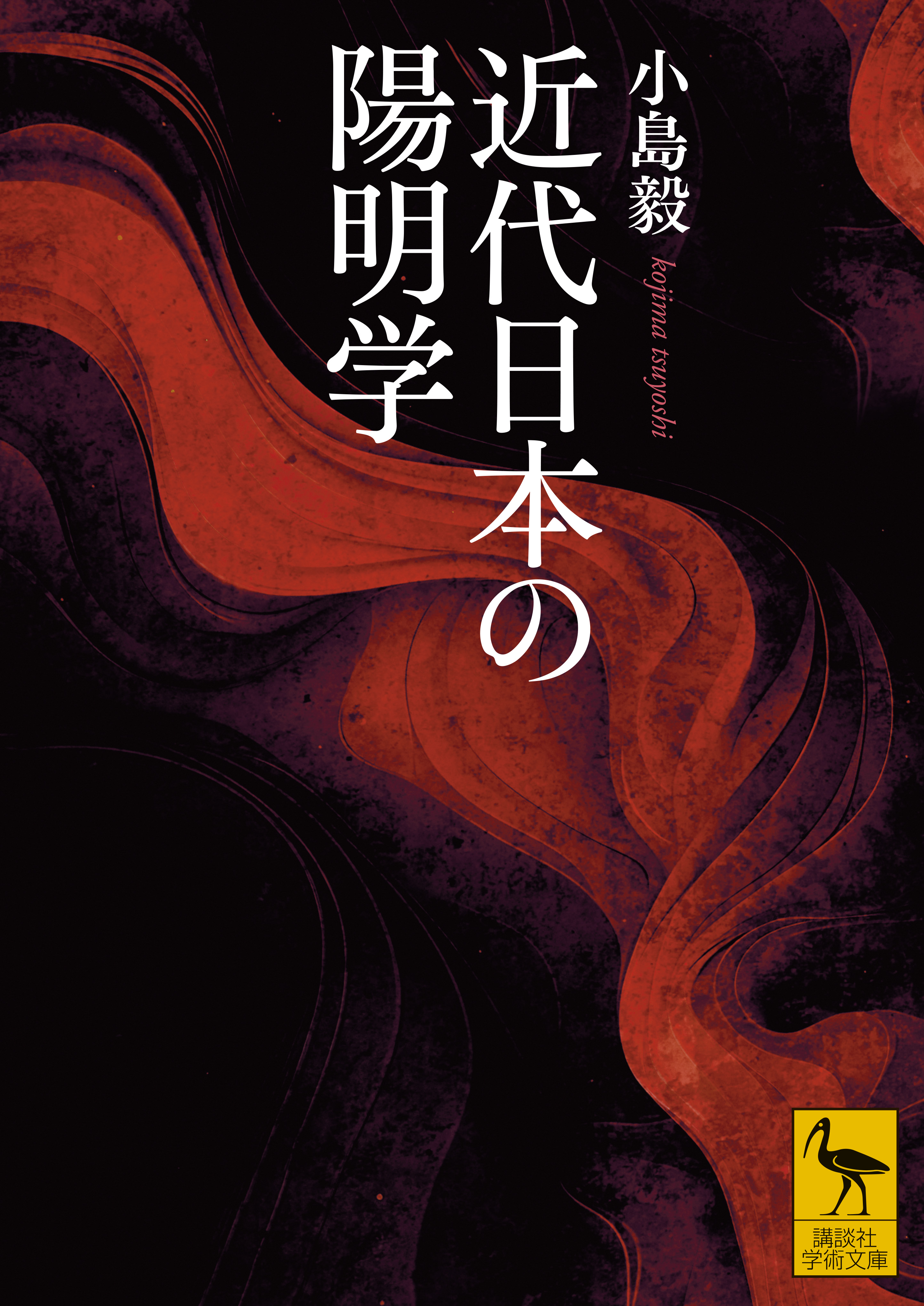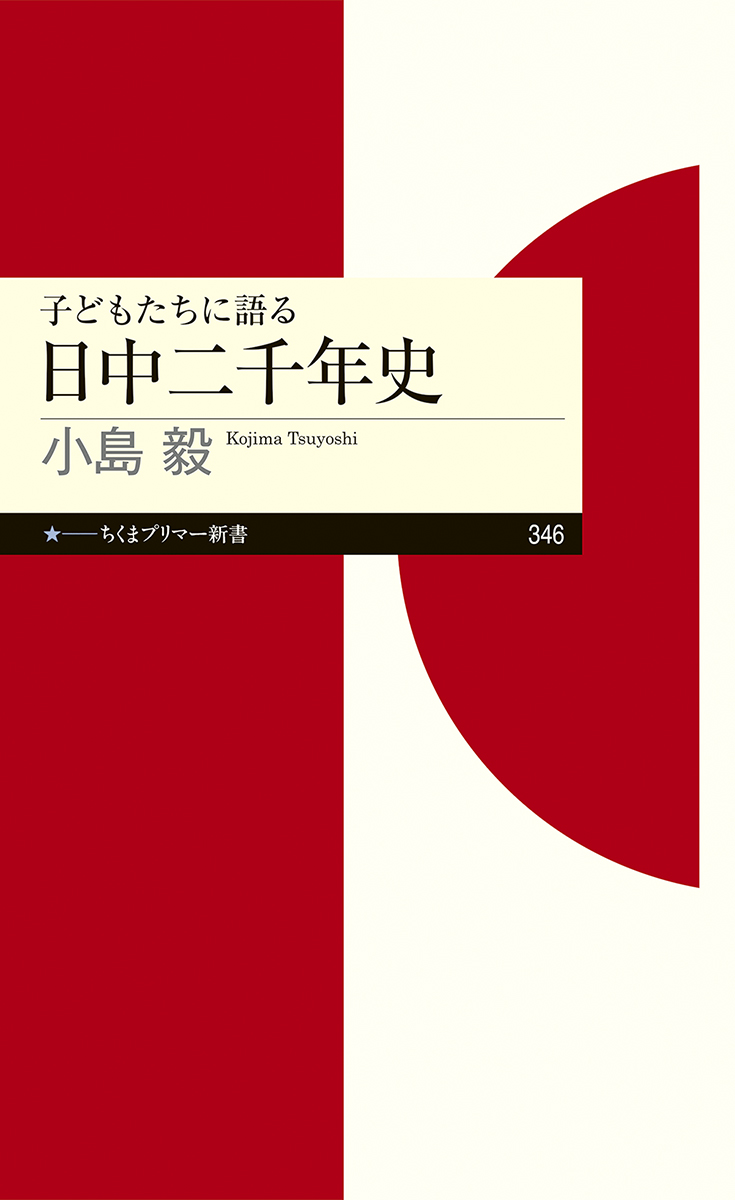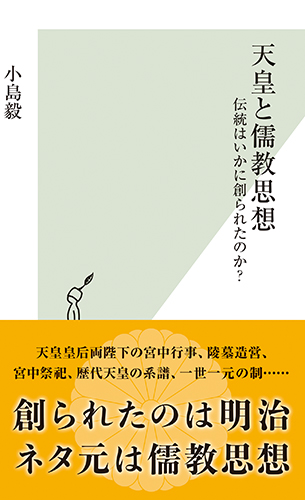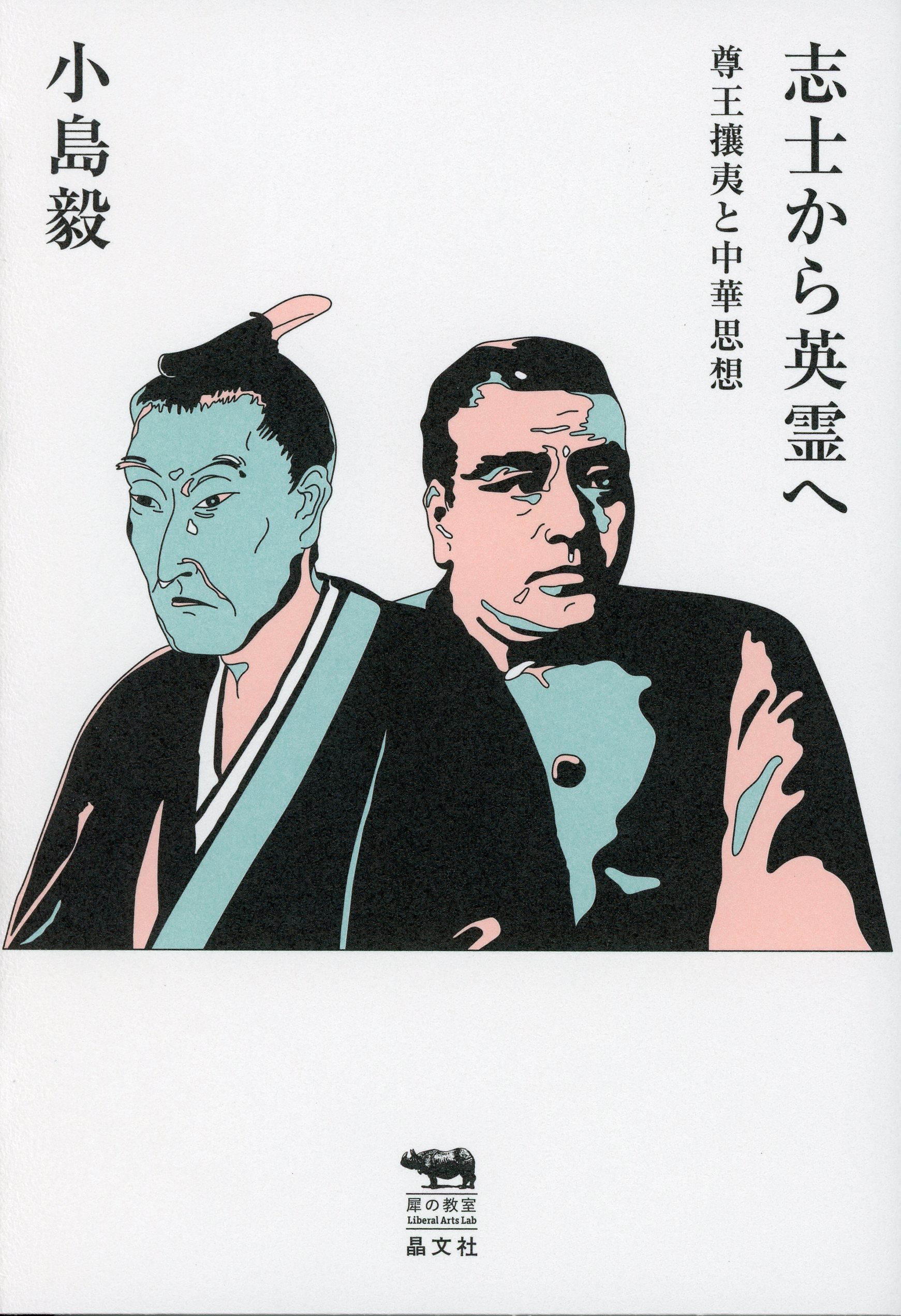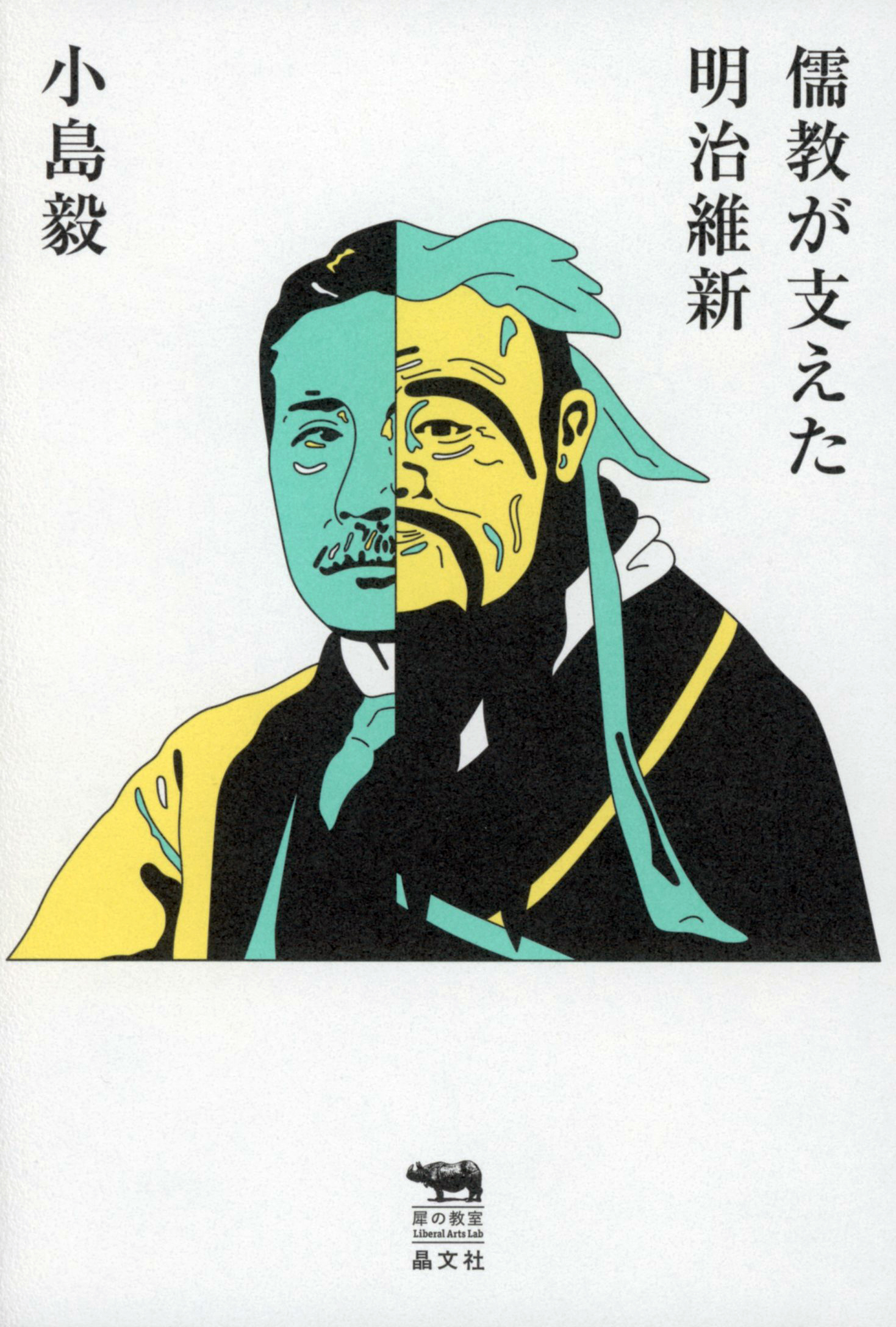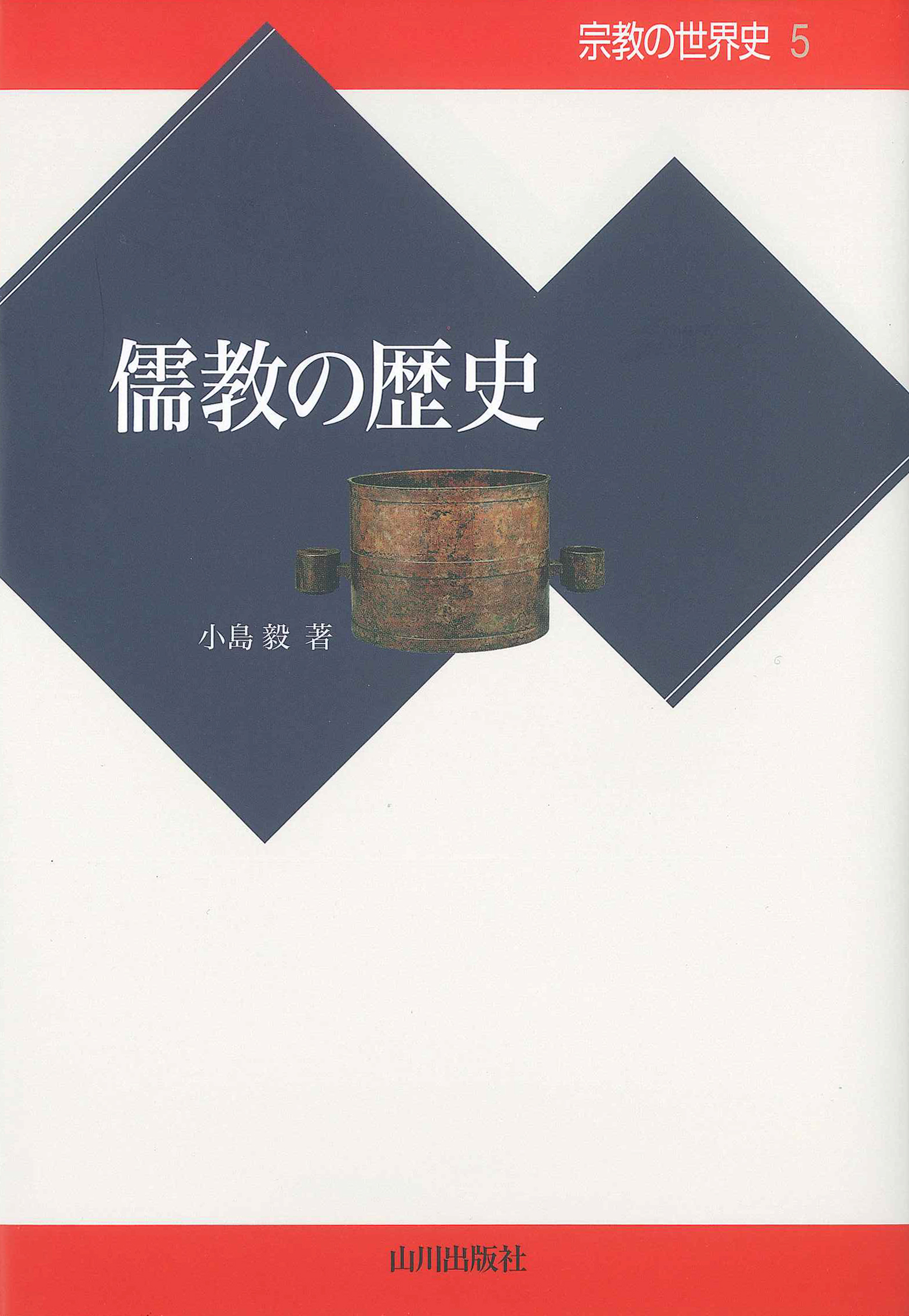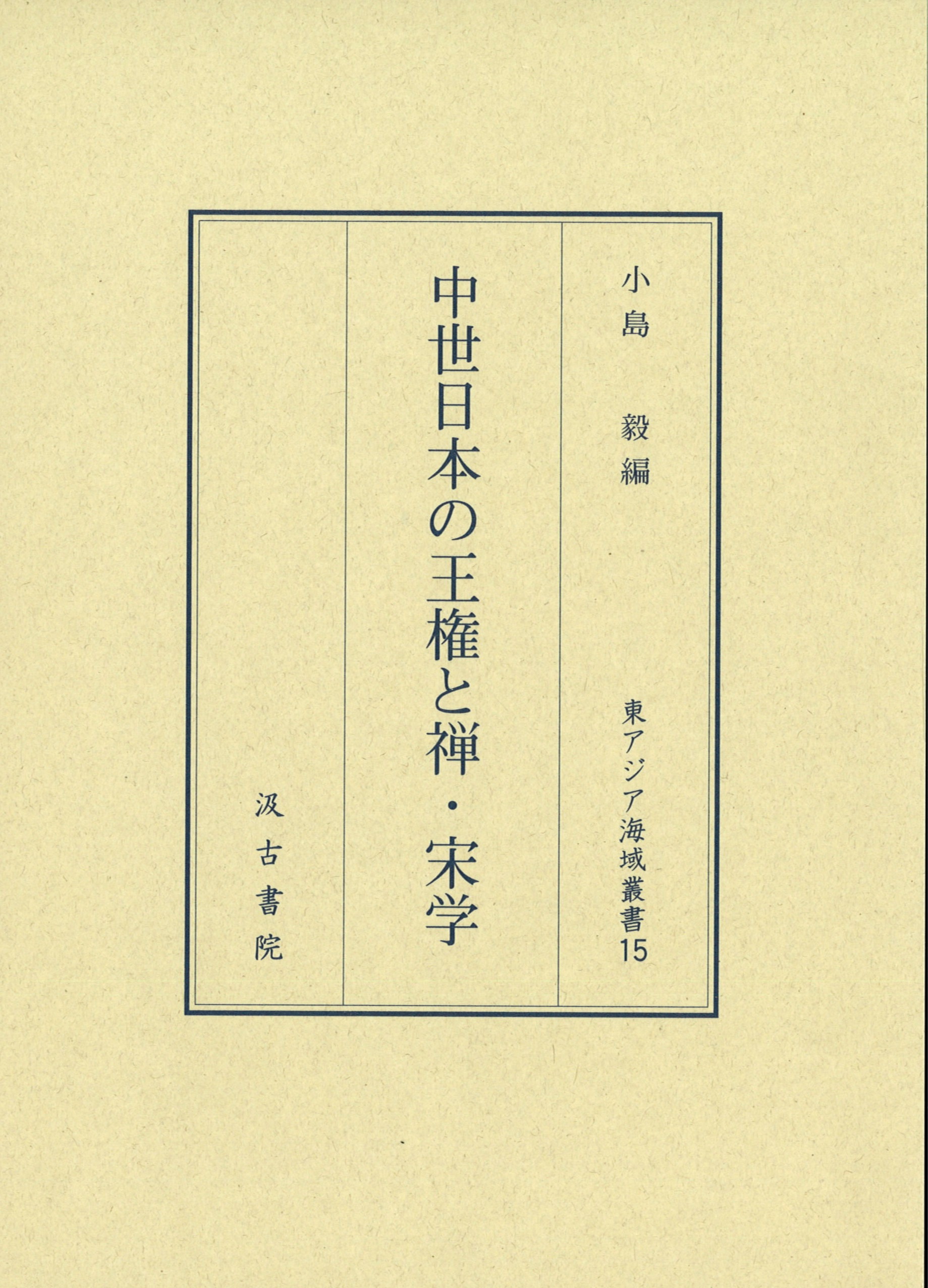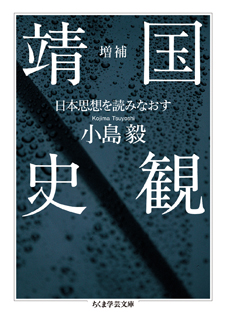
Title
[enlarged edition] Zōho Yasukuni shikan (A view of history centred on Yasukuni Shrine: Rereading Japanese thought)
Size
256 pages, A6 format
Language
Japanese
Released
July 09, 2014
ISBN
978-4-480-09627-2
Published by
Chikumashobo
Book Info
See Book Availability at Library
Japanese Page
This book is a reissue of Yasukuni shikan—bakumatsu ishin to iu shin’en (A view of history centred on Yasukuni Shrine: The abyss of the Bakumatsu and Restoration period), published in 2007 in the Chikuma Shinsho series, to which has been added a new chapter entitled “Grand Principle,” and it is now included in the Chikuma Gakugei Bunko series. It explains in scholarly terms the historical origins of Yasukuni Shrine, located in Kudan, Tokyo, and the perceptions of history symbolized by this shrine.
Yasukuni Shrine has become a topic of social interest in recent years chiefly because of politicians’ visits to the shrine and overseas media coverage critical of these visits. This has become an issue because some of the defendants at the so-called Tokyo Trials (properly speaking, the International Military Tribunal for the Far East), who in the terminology of Yasukuni Shrine are known as Shōwa martyrs, are enshrined here. This is the present-day “Yasukuni problem,” but the origins of the shrine are completely different. Originally, Yasukuni Shrine was a state institution established in order to justify both historically and theoretically the political change known as the Meiji Restoration, and even since becoming a private religious organization after Japan’s defeat in World War II it has continued to maintain and promote these historical perceptions. However, to a surprising extent this fact is not known.
In 2006, prior to the initial publication of this book, I published The Yangming School in Modern Japan (Kindai Nihon no Yōmeigaku; Kōdansha Sensho Mechie series), in which I pointed out that it was the Mito school of Confucianism that had given birth to Yasukuni Shrine. In the present book I delve more deeply into this and demonstrate that the philosophical resources of Yasukuni Shrine lie in Confucianism, especially Zhuzi’s school of Confucianism, also known as Neo-Confucianism. In other words, contrary to the religious discourse and beliefs propounded by Yasukuni Shrine itself and the arguments put forward by those who champion the shrine, it is not an institution affiliated to Japan’s time-honoured Shinto thought.
This book consists of four chapters, the titles of which are taken from terms associated with Yasukuni Shrine. Chapter 1, “National Polity,” starts by explaining the etymology of the term “national polity” (kokutai) and goes on to discuss how it came to assume a special meaning in the Mito school, and it also discusses the violent character with which it became endowed after the Meiji Restoration, especially during the early Shōwa era. In the present context, the term kokutai is most certainly not an abbreviation of kokumin taiiku taikai, or National Athletic Meet. Chapter 2, “Spirits of the War Dead,” is about the spirits (eirei) enshrined at Yasukuni Shrine. The precedent for the term eirei cited by Yasukuni Shrine is a poem by a thinker of the Mito school, a poem that gives expression to the idea of revering the emperor and expelling foreigners. Eirei are, in other words, people who lost their lives by fighting for the emperor against foreigners or by overthrowing a wicked government that had become a minion of foreigners. Chapter 3, “Restoration,” discusses the origins of the term “restoration” (ishin). It is not a trivial word that politicians ought to be using in the name of a political party, and it has a serious meaning, namely, that the emperor was once again receiving the protection of Heaven. Yasukuni Shrine was founded on the basis of a perception of history that glorified the Decree of 1867 for the Restoration of Imperial Rule. Lastly, Chapter 4, “Grand Principle,” added in the reissue of this book, explains the Confucian ideas underpinning the matters discussed in the previous chapters, and it does so also with reference to changes in the state of affairs since the publication of the original edition. It is the idea of the “grand principle of the Spring and Autumn Annals” that underpins Yasukuni Shrine.
I hope that this book will be widely read so that accurate knowledge of the history of Yasukuni Shrine will spread and international prejudice based on misunderstanding and distorted interpretations will abate.
(Written by KOJIMA Tsuyoshi, Professor, Graduate School of Humanities and Sociology / 2017)



 Find a book
Find a book


